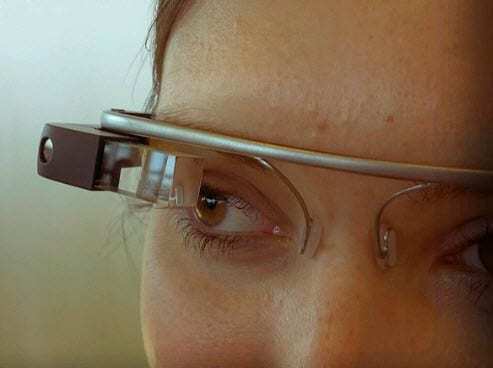Wearable devices are becoming more common
Wearable technology is beginning to play a bigger role in society. Smartwatches and high-tech jewelry are becoming more common, but are still somewhat rare in many parts of the world. In many cases, these devices are used to sustain a constant connection to the digital world via social media, email, and messaging services. As wearable technology becomes more common, a new problem is arising: Many people that use wearable devices are experiencing harassment for doing so.
The clearest cases of harassment of those using wearable technology can be seen among owners of Google Glass. Glass is designed to be eyewear that leverages the power of augmented reality. This device is currently only available to a limited number of people within the technology sector, but these people have been using the Glass devices extensively over the past year. Glass itself has been the subject of controversy for some time from those that are concerned about privacy.
Glass highlights harassment issues for tech-users as well as those without wearable devices
 Google Glass, as well as similar devices coming from other companies, makes use of facial recognition technology. In the U.S., some state and federal lawmakers have called into question whether this technology infringes on people’s right to privacy. The technology can be used for a wide range of social media applications and Google can even use facial data to find surprisingly accurate and private information about a particular person. In some cases, this information can be used by a Glass owner to harass others. In some states in the U.S., Glass has already been banned among drivers because of its potentially distracting nature. Glass has not even be officially released.
Google Glass, as well as similar devices coming from other companies, makes use of facial recognition technology. In the U.S., some state and federal lawmakers have called into question whether this technology infringes on people’s right to privacy. The technology can be used for a wide range of social media applications and Google can even use facial data to find surprisingly accurate and private information about a particular person. In some cases, this information can be used by a Glass owner to harass others. In some states in the U.S., Glass has already been banned among drivers because of its potentially distracting nature. Glass has not even be officially released.
Glass users have been subjected to harassment themselves, of course. In early January of this year, a man wearing his Glass device was accosted by federal agents while watching a movie at an AMC theater. The theater had allegedly called the Federal Bureau of Investigation to report its suspicion that a theater-goer was using the device to record a film, which is a federal offense throughout the U.S. Federal agents had reportedly arrived at the theater and forcibly removed the Glass device from the suspect’s head before interrogating the man for several hours.
As wearable technology becomes more common, the question as to whether devices like Glass are dangerous or whether the use of such devices should be free is becoming more important to consider. Glass does, indeed, have the capability to be used for malicious purposes, but all devices share this same feature. Smartphones and tablets are also used for malicious purposes, but these devices are not strictly regulated in any significant way. Smartwatches and jewelry have limited capabilities when it comes to potential exploitation as well, which calls into question exactly what sort of devices should be subjected to regulations concerning their use.
